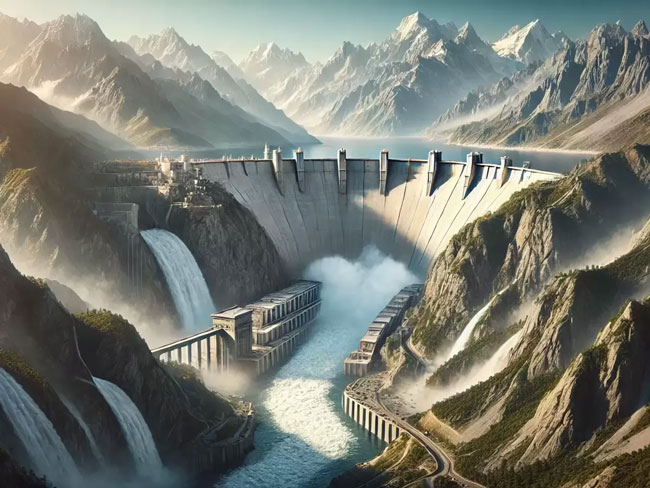New Delhi: India has raised serious concerns over China’s construction of a mega hydropower dam on the Yarlung Tsangpo River, known as the Brahmaputra in India. India has stated that the project could have adverse impacts on downstream countries, particularly India and Bangladesh. On Saturday, China responded to these concerns, assuring that the project has been studied extensively over decades and aims to minimize negative effects while safeguarding the ecosystem.
India on Friday revealed that it had conveyed its concerns to China, urging Beijing to consider the interests of downstream nations before proceeding with any construction. India’s apprehensions center around potential risks such as environmental damage, climate change, and water scarcity in lower riparian regions due to the dam’s construction.
Meanwhile, reports from Washington indicate that U.S. National Security Advisor Jake Sullivan will visit India on January 5-6. During his visit, Sullivan is expected to discuss this issue with Indian officials. He will also highlight key achievements in India-U.S. bilateral cooperation, including collaboration in critical and emerging technologies. A U.S. official noted that China’s hydropower dams, such as those in the Mekong region, have had significant environmental and climate-related impacts on lower riparian nations in the Indo-Pacific region.
On Saturday, the Chinese Embassy released a statement asserting China’s commitment to ecological safety. It emphasized that the Yarlung Tsangpo River hydropower project aims to produce clean energy and address climate change and extreme weather challenges. According to China, the project has undergone decades of safety studies and will not adversely affect downstream regions.
Chinese Foreign Ministry spokesperson Yu Jing stated, “Our hydropower development studies have given special attention to ecological security. The project is designed to ensure no negative impact on lower riparian areas.”
Last month, reports emerged that China had approved the construction of what could become the world’s largest hydropower dam on the Yarlung Tsangpo River. This river flows close to India’s border and is vital to the river systems of Arunachal Pradesh and Bangladesh. The project has raised concerns in both India and Bangladesh about potential climate-related challenges and water issues in downstream areas.




